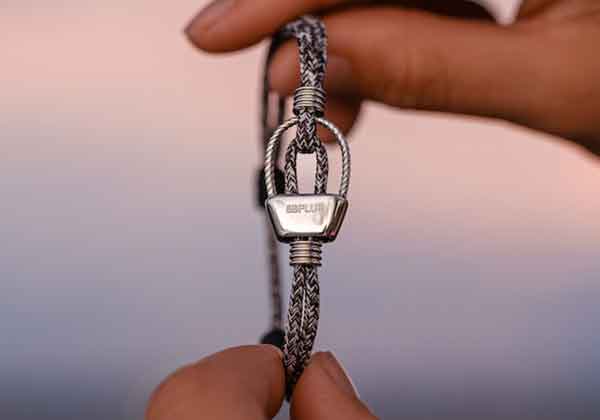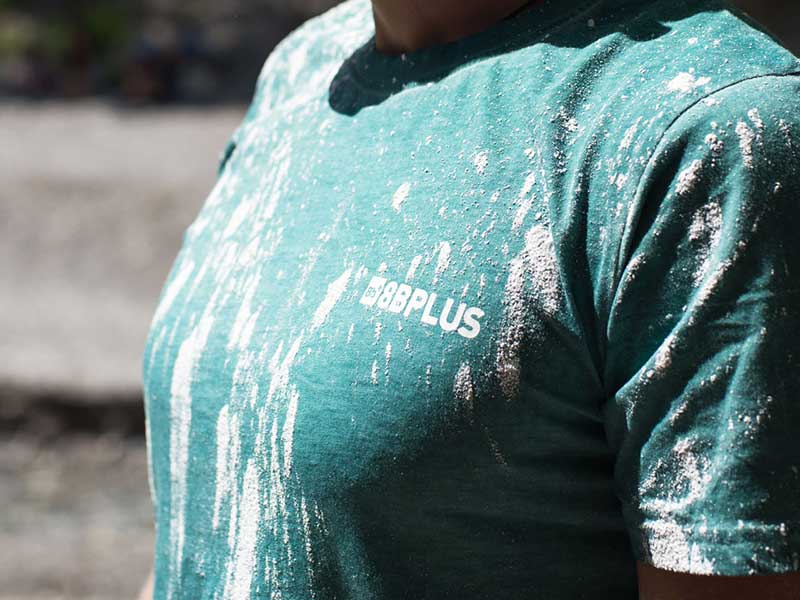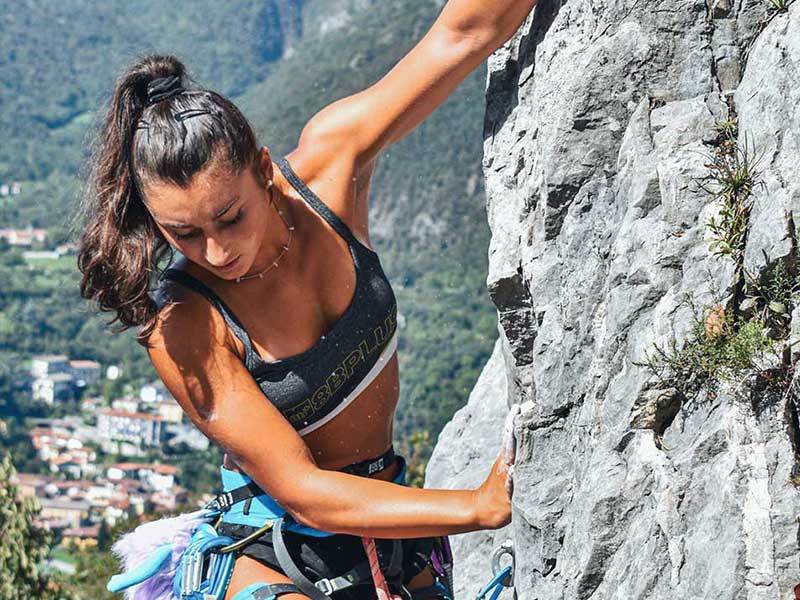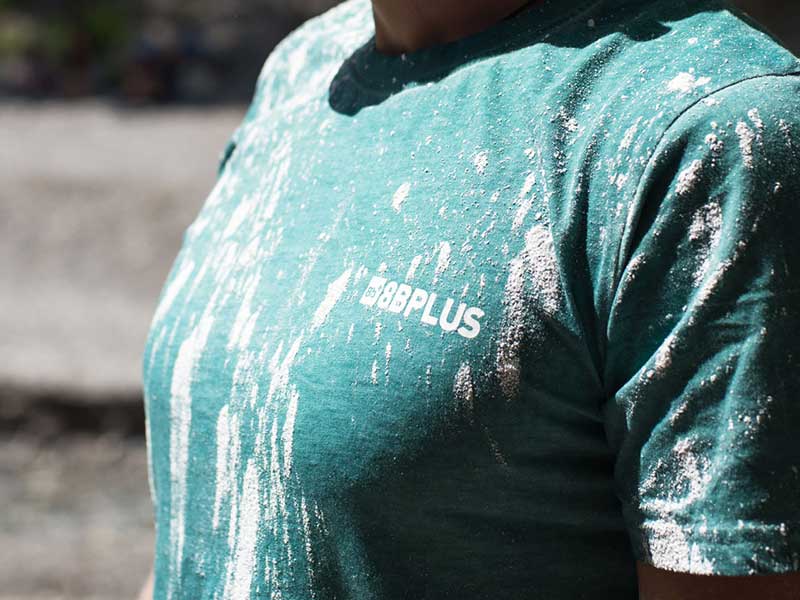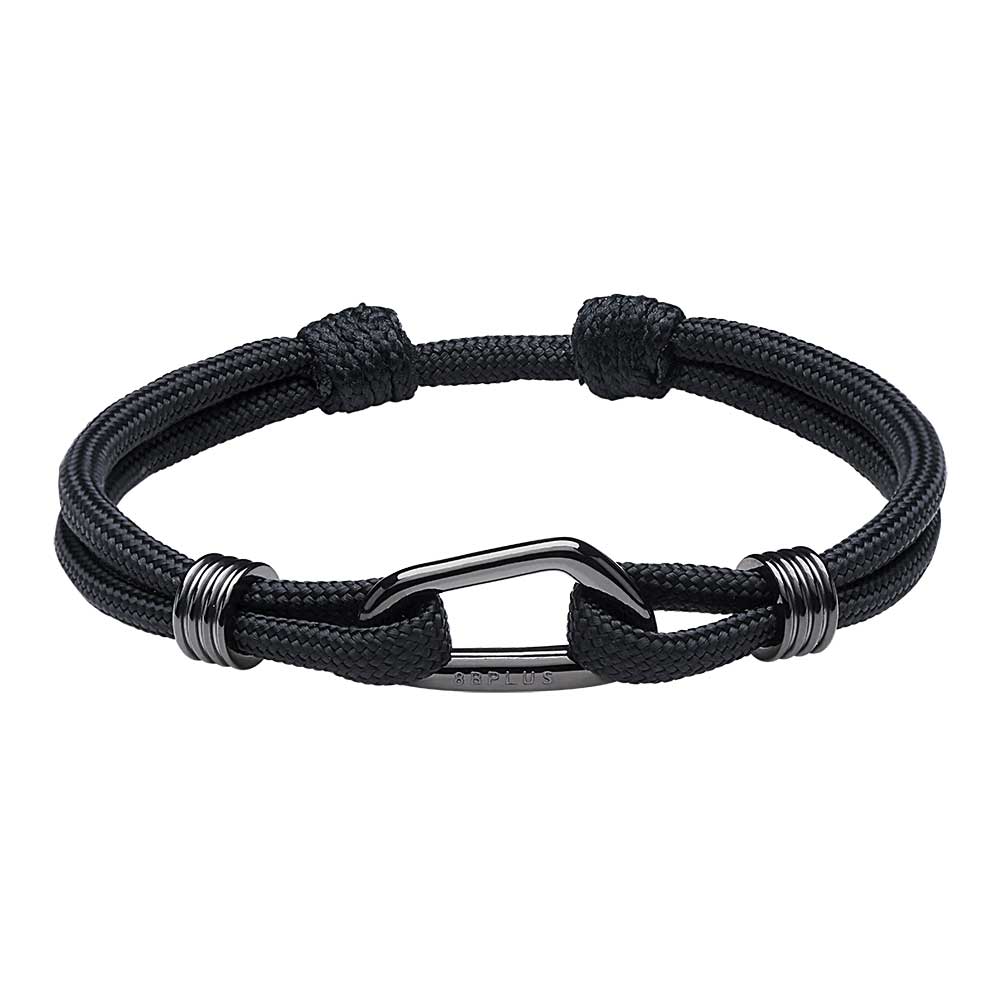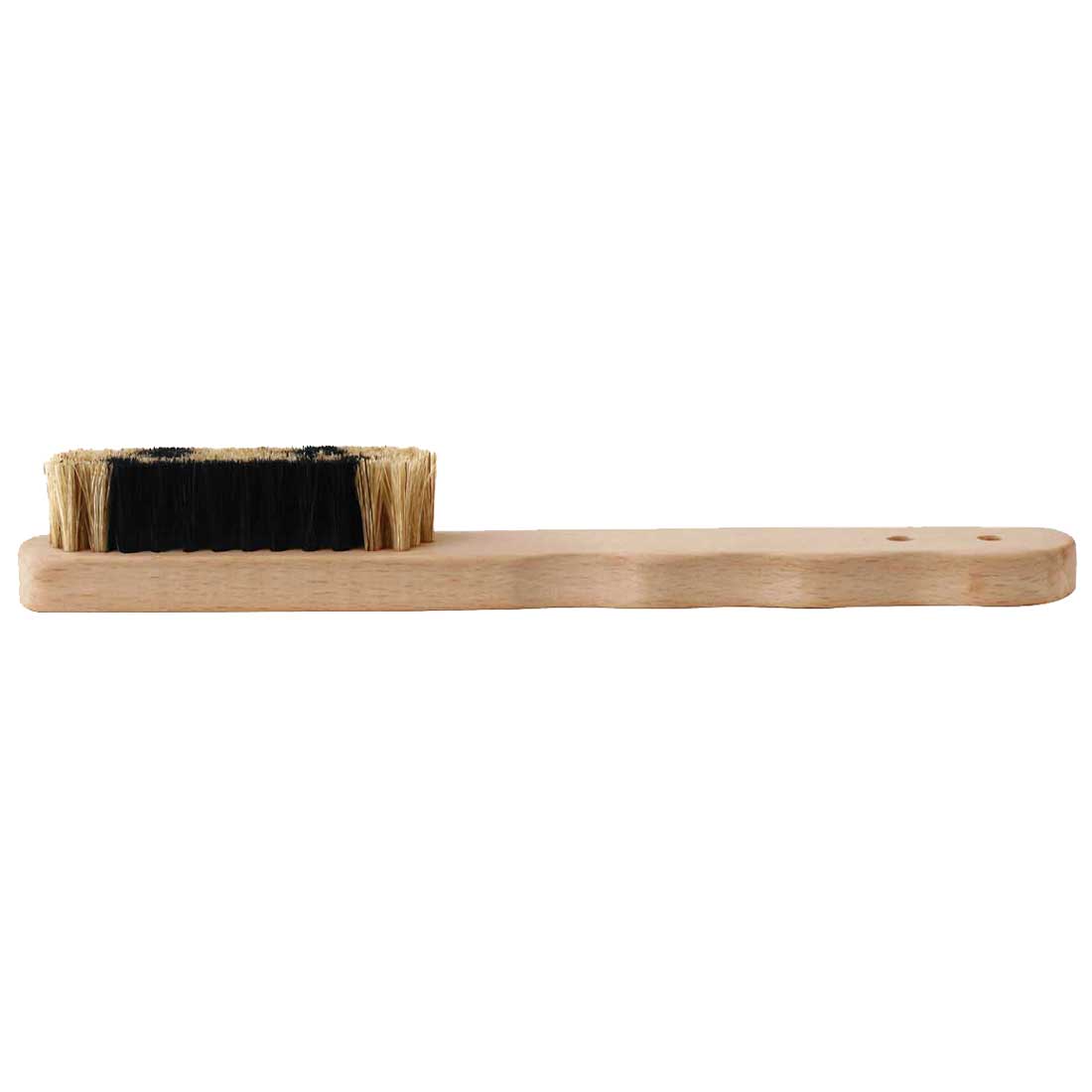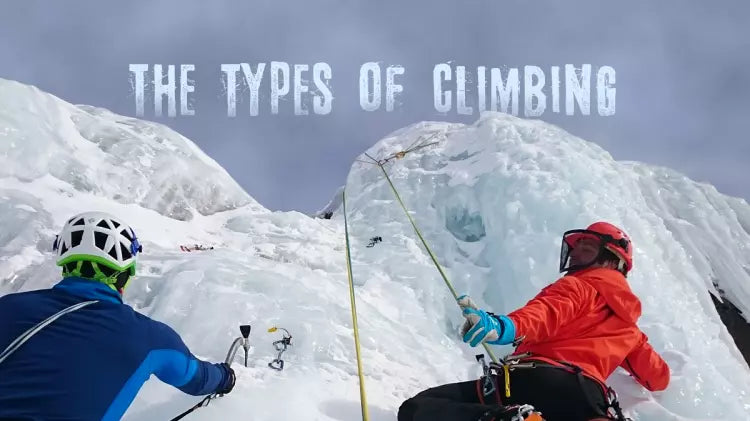
The Types of Climbing
Vernacular can get a little confusing in the world of outdoor adventure, and if you’re new, you might be puzzled when people refer to the different types of climbing. Most people are familiar with the terms “sport” and “trad” climbing, but most people lose track after that. Here, we introduce all the common types of climbing that you might encounter. All modes of climbing share similar mechanics (you need a rope, a belayer, etc.), but they differ in some notable ways that we will detail below.
Common Climbing Types
Sport
Most people are familiar with sport climbing. It’s probably the most popular type of climbing in the U.S. because it’s relatively “easy” to get involved in, and most gyms have a sport climbing wall to learn to lead on. In this type of climbing, bolts are pre-placed in the rock, and all you have to do is clip them with a quick-draw or sling while you’re on lead. Unlike all other forms of climbing, in sport climbing, you’re 100% reliant on permanently placed bolts.
Sport climbing is relatively simple compared to the other types of climbing because lead climbers don’t need to think about how to place their protection correctly. That being said, climbing teams still need to understand all the basics of rope mechanics, and how to belay safely. Also, sport climbers find that they can climb way more difficult routes if they take their shirts off.
Trad
Short for “traditional climbing,” this is a style of rock climbing that requires you to place your protection. While old-school traditional climbing required that people hammer in pitons to keep themselves safe, modern forms of trad climbing allow for the placement of non-destructive gear placement (cams, hexes, nuts, etc.). Because trad climbing doesn’t require the installation of permanent bolts (although you’ll occasionally see bolted anchors), it’s generally less destructive and better for the environment than sport climbing.
Traditional climbing has many additional appealing qualities. For one, placing your gear is accompanied by a certain sense of adventure that can’t be captured in sport climbing. Often, trad climbing is more of a mental challenge than it is physical. Through trad climbing, adventurers can start to get off the beaten track and explore mountains with minimal amounts of permanently placed gear.
Aid
This type of climbing is less commonly practiced, but often necessary for climbing extremely long routes. If you’ve ever had a desire to climb huge walls, like El Cap in Yosemite, it’s probably going to require that you learn aid climbing. Anytime you see classic photos of climbers sleeping in a hanging portaledge, they’re probably out aid climbing.
In this style of climbing, you’re expected to use gear that’s already in the rock, either permanently fixed or placed by you, to your advantage. By standing or pulling on equipment that’s in the rock, you’re able to make progress over routes that would otherwise be insurmountable; in sport climbing pulling on a sling is “cheating,” but in aid climbing, it’s expected. For example, if you traditionally climb the nose of El Cap in Yosemite, it’s rated a 5.13. For many individuals, this is a feat that would otherwise be impossible without using aid climbing techniques.
Ice
The ice climbing community is relatively small compared to the more significant population of climbers. In ice climbing, you ascend frozen waterfalls and place “ice screws” as protection. In addition to ice screws, climbers also have to utilize crampons and axes to chop their way up frozen water.
Ice climbing has many unique obstacles that are not associated with rock climbing. For one, ice climbers have to be able to judge the quality of the ice they’re climbing, if you climb on “rotten” partially melted ice, you’re probably going to die.
Expedition
This type of climbing generally involves long trips and summiting big mountains. Expedition climbing requires typically carrying lots of gear and forming “base camps” as the bottom of high—elevation climbs. When expedition climbing you’re not usually traveling light or fast because you have to haul in copious amounts of gear to comfortably camp for several weeks (or months). Expeditions sometimes have to gradually increase the altitude of camps until they’re within summiting distance of major peaks.
If you’re big wall climbing in remotely located areas, you’re probably planning an expedition style climb. Expedition style climbing is often necessary when trying to summit big walls in remotely located areas. Due to the remoteness of specific locations, and the size of the mountains that climbers attempt to summit, shorter “light-weight” trips are impossible. Expedition climbing often requires “mixed” climbing techniques, meaning that you have to utilize ice, traditional, and aid styles of climbing.
Alpine
Initially developed in the Alps, this style of climbing is all about quickly and efficiently climbing to the summit of mountains. Unlike expedition climbing, alpine climbing doesn’t necessarily involve living in
high-elevation base camps for long periods of time. Instead, climbers can quickly ascend and descend mountains, and they’re often trying to minimize the equipment that they have to carry.
For example, if you were to go alpine climbing in Chamonix (the actual birthplace and homeland of alpine climbing), you’d be able to summit a variety of mountains in a single day quickly. Mont Blanc, the highest peak in Europe, is frequently summited in a day—and most of these climbers make it back to their bed at night.
Are You the Typical Climber?
Regardless of the climbing you prefer, all climbers share a few common traits. We love the mountains, understand the importance of preserving nature, enjoy a good physical as well as mental challenge, and want to stand on top of high mountains. You might be a sport climber today, but those same basic tenants of rope-work will eventually apply to summiting huge peaks.





